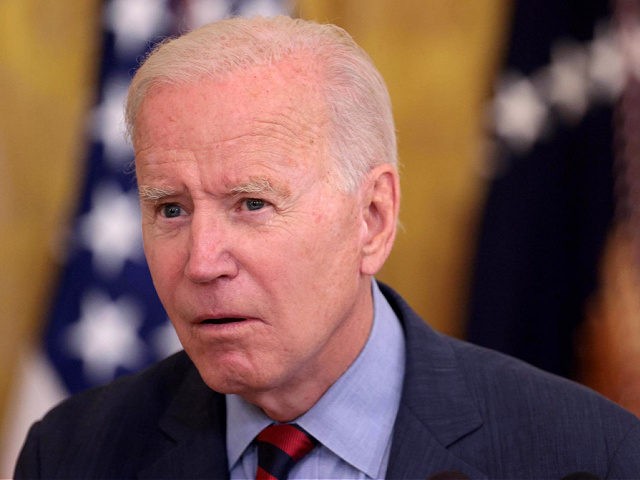U.S. producer prices jumped much higher than expected in July, suggesting inflation could remain higher than anticipated by the Biden administration and Federal Reserve officials.
The Bureau of Labor Statistics’ Producer Price Index rose one percent compared with June, matching the June rise and outpacing the 0.6 expected. Compared with a year ago, the index is up 7.8 percent, the fastest pace of price increases in data going back to 2010.
Excluding food and energy, PPI rose by one percent on a monthly basis and 6.2 percent on an annual basis. Excluding food, energy, and trade services, pries rose nine-tenths of a percentage point and 6.1 percent compared with a year ago.
In other words, instead of cooling off, inflation continued to sizzle in July.
The Producer Price Index is an alternative gauge of inflation, measuring the prices received by businesses for goods and services rather than the prices paid by consumers. It actually predates the better-known Consumer Price Index. First published in 1902, it is the oldest continuous statistical series of the U.S. government. The index used to be known as the Wholesale Price Index, a somewhat misleading name since it was never focused on wholesale prices. Because of changes in what gets counted, however, the headline “final demand” PPI data only dates back to around 2010 after a 2014 overhaul meant to update the index to better reflect the modern economy.

COMMENTS
Please let us know if you're having issues with commenting.